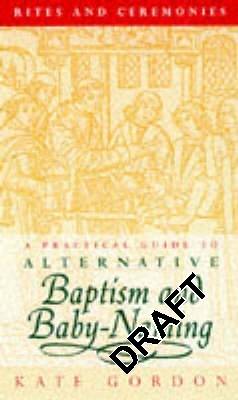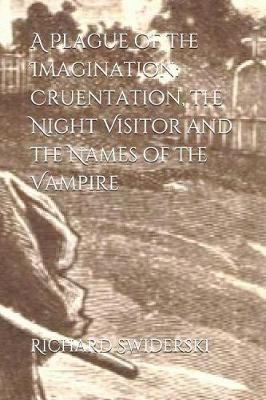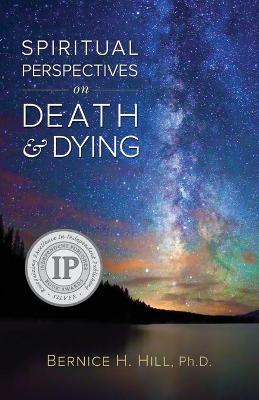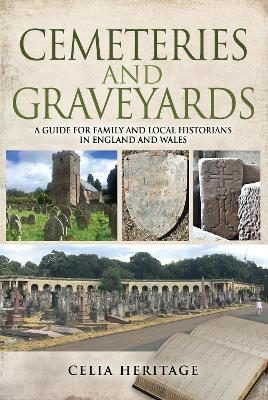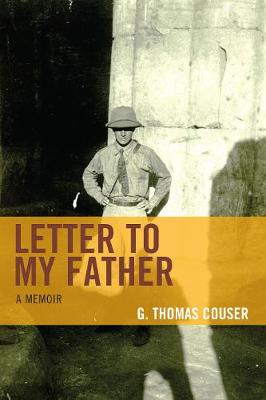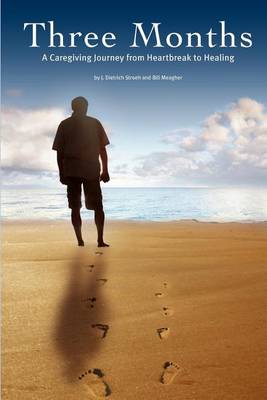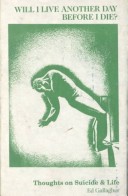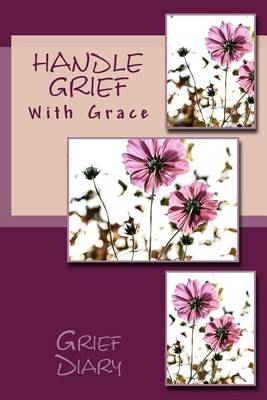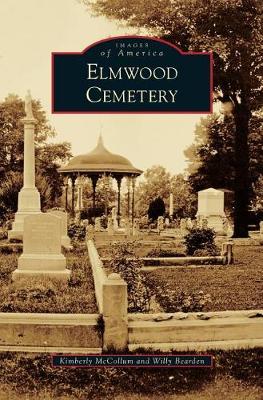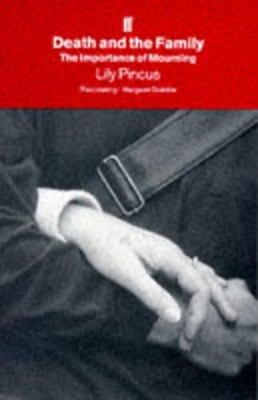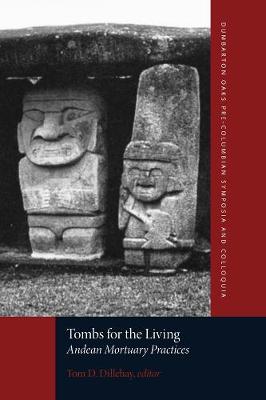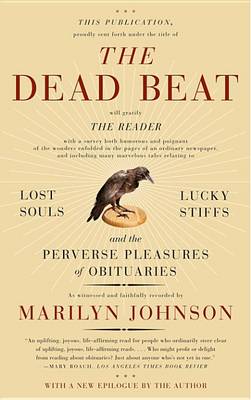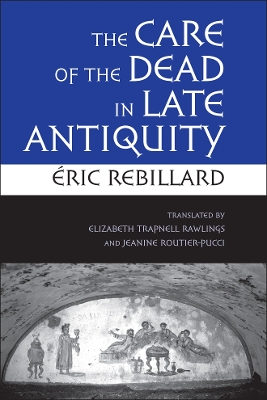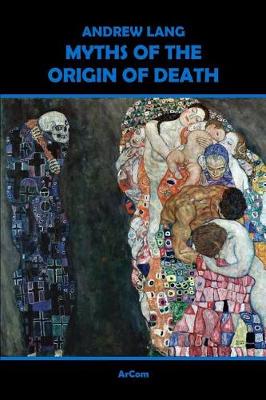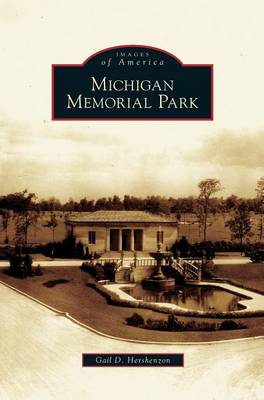A husband's unflinching account of his wife's unravelling. How Linda Died is Frank Davey's powerful and painfully precise account of his wife's fight against an inoperable brain tumor. Linda's proud refusal to tell anyone about her deteriorating condition left Frank with few people to confide in. As Linda's mind fell victim to cancer, Frank took to recording his memories with increasingly compulsive and private intensity. He found himself reckoning with the demons of a past that Linda could no l...
This text will help anyone wanting to arrang e a celebration for the birth and naming of their child. It includes information on traditional and religious ceremonies as well as secular alternatives. '
Death and Afterlife in Modern France (Princeton Legacy Library)
by Thomas A. Kselman
Although today in France church attendance is minimal, when death occurs many families still cling to religious rites. In exploring this common reaction to one of the most painful aspects of existence, Thomas Kselman turns to 19th-century French beliefs about death and the afterlife not only to show how deeply rooted the cult of the dead is in one Western society, but how death and the behaviour of mourners have been politicized in the modern world. Drawing on sermons preached in rural and urban...
Death Rituals and Politics in Northern Song China
by Lecturer Mihwa Choi
This comprehensive and fascinating guide from genealogist and historian Celia Heritage will be an invaluable tool for all family and local historians wanting to track down documentary sources relating to people buried over the centuries. A wide-ranging examination of historical and archaeological findings means that the book will also appeal to anyone with an interest in death and burial. Celia throws light on changing social attitudes to death and burial from pre-historic times to the modern d...
Serial Killers (Serial Killers, Serial Killers True Crime, #1)
by Seth Balfour
Having wounded his father with a hurtful letter when he was twenty-three, Tom Couser felt somewhat responsible for his later mental collapse. When his father died, Tom found personal documents that revealed facets of his father's life of which Tom had known nothing. Too traumatized to grieve properly, much less to probe his father's complicated history, Tom boxed the documents and stored them-for over thirty years. When he finally explored his father's rich legacy, he achieved a belated reconcil...
Three Months a Caregiving Journey from Heartbreak to Healing
by J Dietrich Stroeh
Tombs for the Living (Pre-Columbian Symposia and Colloquia)
by Tom D. Dillehay, Frank Salomon, Joseph W. Bastien, James A Brown, James A. Buikstra, Jane E Buikstra, and Patrick H. Carmichael
Obituaries are history as it is happening. Whose time am I living in? Was he a success or a failure, lucky or doomed, older than I am or younger? Did she know how to live? Where else can you celebrate the life of the pharmacist who moonlighted as a spy, the genius behind Sea Monkeys, the school lunch lady who spent her evenings as a ballroom hostess? No wonder so many readers skip the news and the sports and go directly to the obituary page. This book is the story of how these stories get told....
The Care of the Dead in Late Antiquity (Cornell Studies in Classical Philology)
by Eric Rebillard
In this provocative book Éric Rebillard challenges many long-held assumptions about early Christian burial customs. For decades scholars of early Christianity have argued that the Church owned and operated burial grounds for Christians as early as the third century. Through a careful reading of primary sources including legal codes, theological works, epigraphical inscriptions, and sermons, Rebillard shows that there is little evidence to suggest that Christians occupied exclusive or isolated bu...
Death, Burial and Commemoration in Ireland, 1550-1650 (Early Modern History: Society and Culture)
by Clodagh Tait
This book is the first detailed examination of death in early modern Ireland. It deals with the process of dying, the conduct of funerals, the arrangement of burials, the private and public commemoration of the dead, and ideas about the afterlife. It further considers ways in which the living fashioned ceremonies of death and the reputations of the dead to support their own ends. It will be of interest to those concerned with Irish history and death studies generally.

